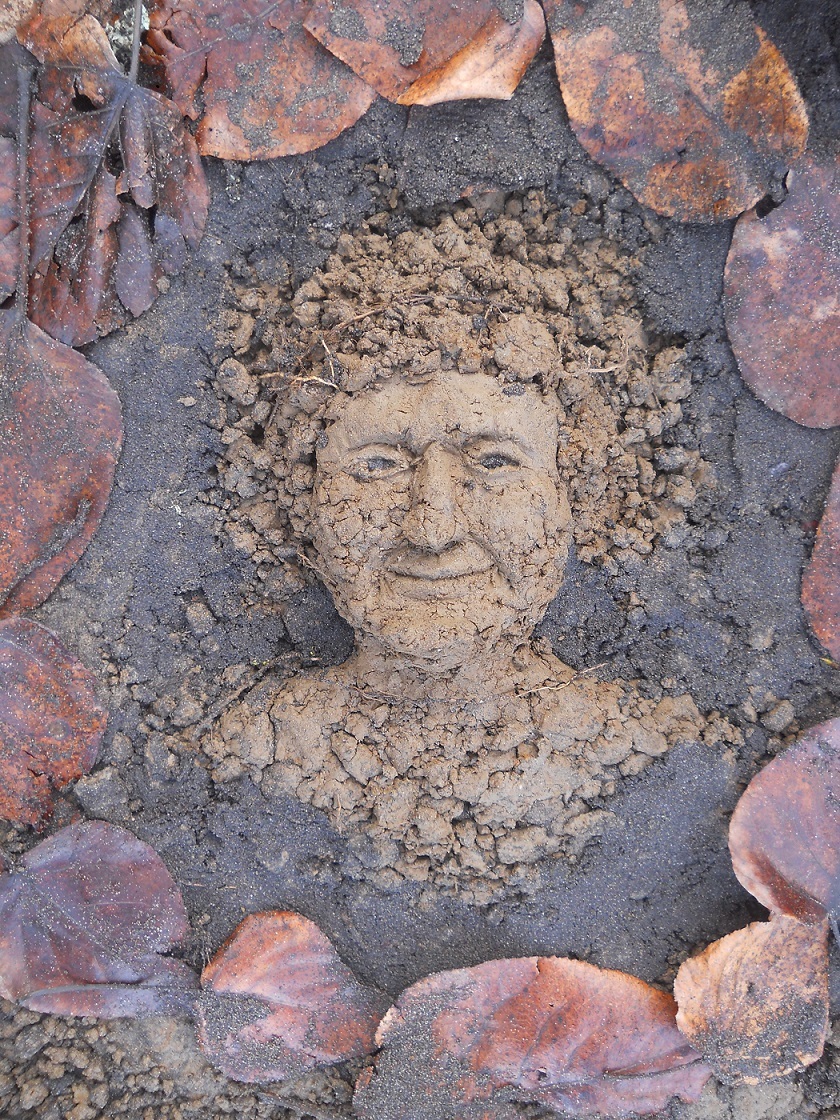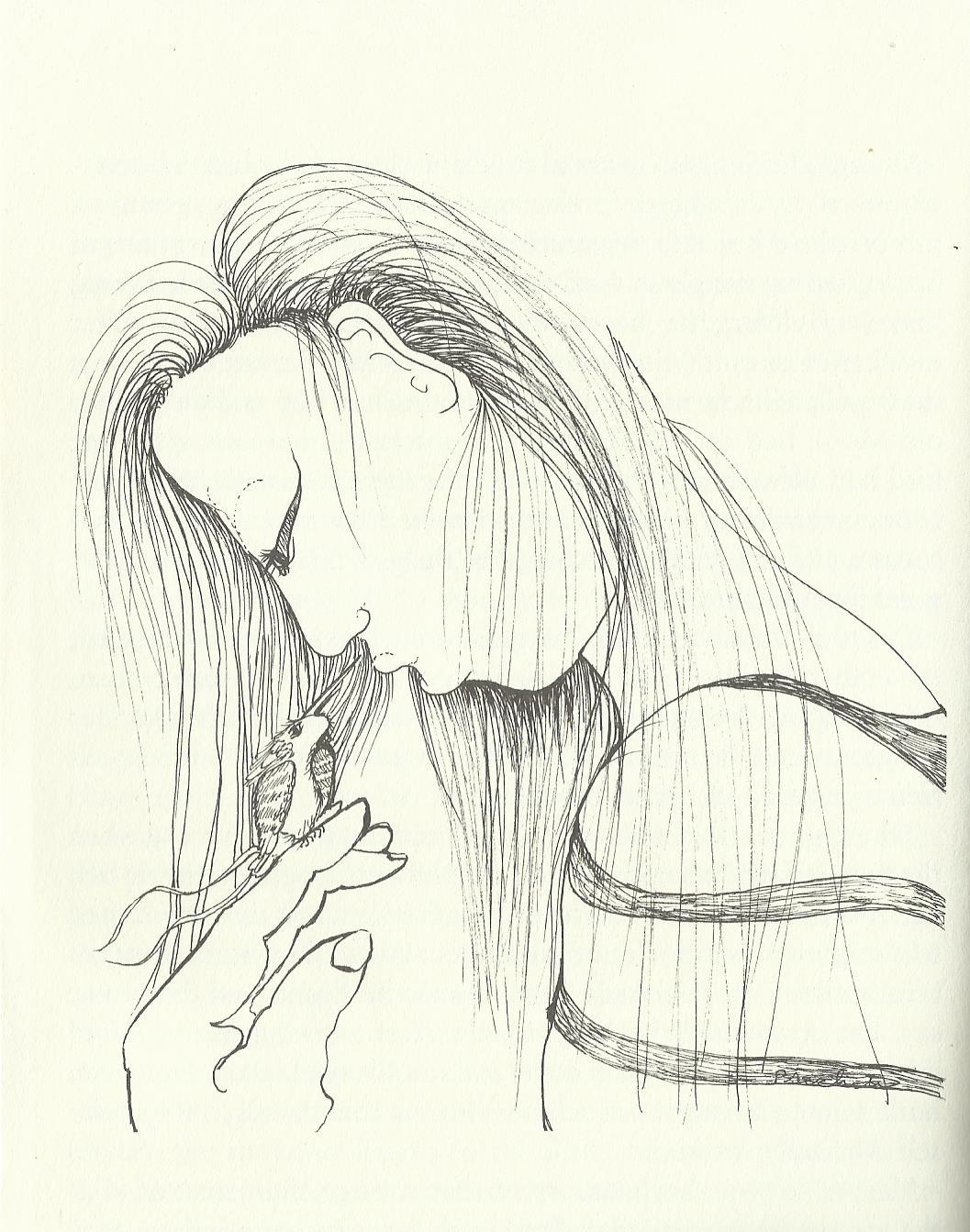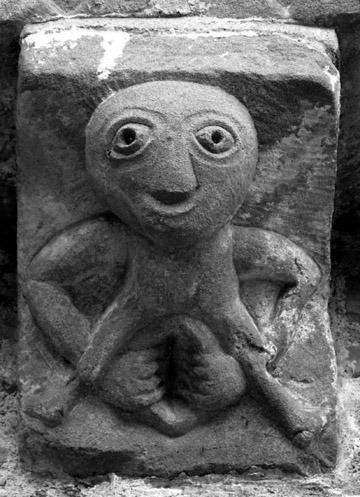I used to think I wasn’t “good at art”. My former friends and I have an interest in anime/manga, but while they could draw beautifully in that style, I never could. Nor can I do perspective drawings with many sharp angles. Due to something weird with my brain, I have poor math skills, distance vision, nonverbal communication skills, and…spatial perception!  So even though I took art classes all through high school, I didn’t continue into college with my peers.
So even though I took art classes all through high school, I didn’t continue into college with my peers.
Modern art requires gridwork, measuring, and proportioning within a set standard for each “style”. I simply can’t do that. Just like I can’t tell left from right in less than 4 seconds. However, I see the world in a different way, difficult to explain in “normal” or “scientific” terms, and I express that through every task I perform.
I agree; art, at the most ancient and primordial root, is simply an expression of being. All animals “make art”. If you try to perform a task a “certain” way, you are suppressing a part of your being, and that creative present will simply find some other way to express yourself. Whether it be rhythmic finger-tapping, doodling in the dirt, fiddling with a guitar, or arranging a corpse like a mannequin.
Still, I do wish I could draw anime/manga; the styles of Yu Yu Hakusho and InuYasha have always endeared me. Sometimes I sit down, sketch a skeleton of bubbles and lines, and try to express a character from my daydreams in the form I envision them. But I always get frustrated and crumple up the paper when the limbs appear deformed.
I can describe those characters in metaphor-rich poetry or prose, the rich sensory details reminiscent of a century when attention spans were longer. My writing can make you smell death, taste exotic spices, and feel the heat of a volcano in the desert. Can’t draw for shit though, at least not “properly”. If I allow myself to draw in a more “exaggerated”, “simplified”, “tribal” style, the way that comes naturally and fulfills me the most, then I suppose beauty is in the eye of the beholder. Except the art I create is now I dream or imagine those things, and that greatly frustrates me.
There is obviously so much to say about this topic. While I want to reproduce the images I see, any attempt only angers me, yet when I draw random charcoal symbols on rocks around a fire pit, I feel pacified and satisfied deep within. Coloring, doodling, painting, and sketching with minimal forethought is extremely therapeutic for my overworked mind. So is singing out loud.
When I was a small child, I loved to sing. I think all children do. Then by adolescence, I grew self-conscious and quit singing around others. No one ever told me I “can’t sing”, my parents always encouraged me, but I became acutely aware that I was no pop star. Nor were Janis Joplin, Jim Morrison, or Layne Staley though. They didn’t sing like they had autotune or vocal training, the soul in their voices is what made them beautiful. And my parents always did compare me to Janis Joplin, but I never really believed them anyway.
When I have time alone or don’t feel so insecure at the moment, I sing my own lyrics to myself as loud as I can. The longer I sing, the more I can feel my lungs open up, and I start to feel…light-chested. I also dabble in guitar and ocarina when no other humans are around to hear, but not often enough by any means. My boyfriend/husband is more musically-minded, but my mom raised me with the radio on all day.
According to the Myers-Briggs Type Indicator, my personality type is INTJ. Very uncommon in women, we have a tendency to over-analyze and over-strategize. Such traits can stifle art as an expression of being. My boyfriend in an ISFP, the “Musician” personality, and musical expression is indeed the creative outlet that comes most naturally to him. He helps to teach me not to think so much and just let myself feel. Receive, retain, and release.
Of course, I believe the typing system to be vastly both over- and under-simplified. Many people score near the middle on most traits, and there is much more to our souls than just a 4-letter abbreviation, but I agree that some people are born to realize certain archetypes. The Myers-Briggs type indicator is simply another suppressed expression of a valid perception. Nothing is true, but there is truth in all things. 






 So even though I took art classes all through high school, I didn’t continue into college with my peers.
So even though I took art classes all through high school, I didn’t continue into college with my peers.